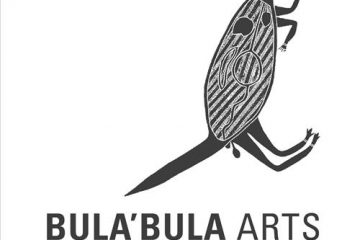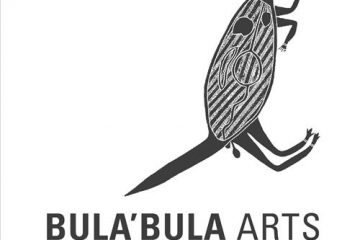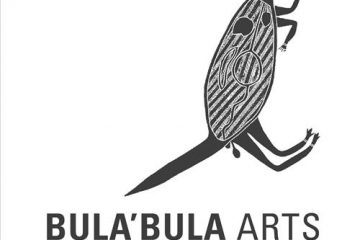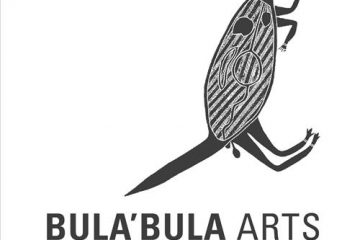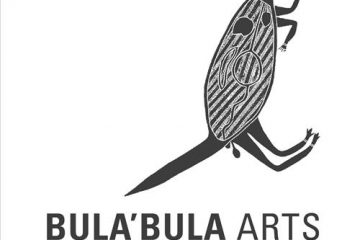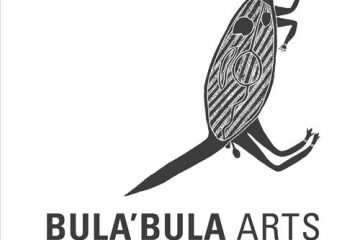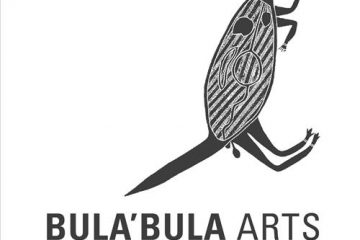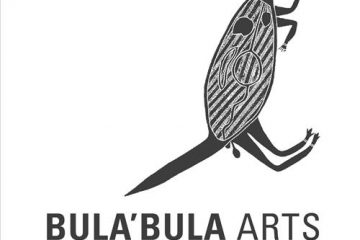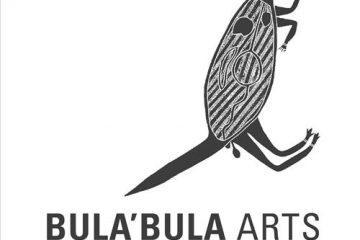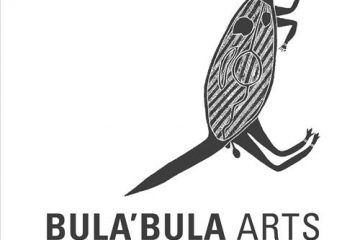Bula'bula Arts
115682233550
JB Fisher – Narrgi’ṉarrgi (possum- sugar glider) JB paints stories from his Dhuwa homeland in northeast Arnhem Land. Stories are passed on either paternally or maternally, and JB would have learnt these stories from his ancestors. The cross-hatching style is a traditional painting style of this area and can represent Read more…
